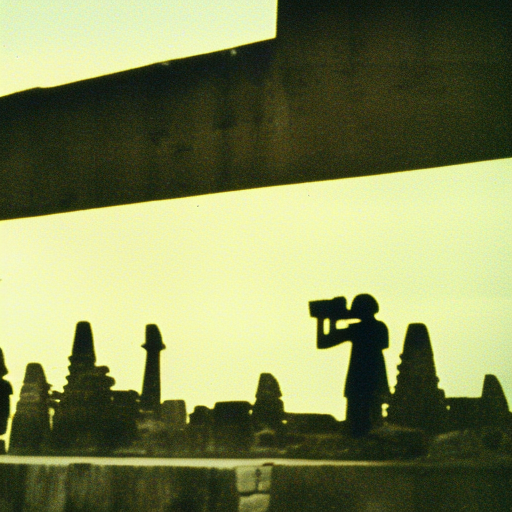Summary:
The Mayan Civilization was a Mesoamerican civilization that flourished in the region of present-day Mexico and Central America from around 2000 BCE to the 16th century CE. Known for their advanced writing system, impressive architecture, and complex calendar, the Maya developed a sophisticated society with a rich cultural and religious tradition.
Origins and Early Development:
The Mayan Civilization originated in the Yucatan Peninsula and gradually expanded its influence throughout the region. The Maya developed a hierarchical society with powerful city-states ruled by kings. These city-states often engaged in warfare, and the capture of prisoners played a significant role in Mayan religious rituals.
Writing System and Calendar:
One of the most remarkable achievements of the Maya was their writing system, known as hieroglyphics. They used a combination of pictorial symbols and phonetic signs to represent words and sounds. The Maya also developed a complex calendar system that included a solar calendar of 365 days and a sacred calendar of 260 days. These calendars were used for religious ceremonies, agricultural planning, and historical records.
Architecture and Urban Planning:
The Maya built impressive cities with monumental architecture, including pyramids, temples, and palaces. These structures were often adorned with intricate carvings and sculptures. The cities were carefully planned, with central plazas, ball courts, and residential areas. Chichen Itza, Tikal, and Palenque are some of the most famous Mayan cities.
Agriculture and Trade:
The Maya were skilled farmers who cultivated crops such as maize, beans, and squash. They developed advanced agricultural techniques, including terracing and irrigation systems. Trade played a crucial role in Mayan society, with goods such as jade, obsidian, and cacao beans being exchanged over long distances.
Religion and Rituals:
Religion was central to Mayan life, and the Maya worshipped a pantheon of gods and goddesses. They believed in the cyclical nature of time and the existence of multiple worlds. Mayan rituals involved bloodletting, human sacrifice, and offerings to the gods. The Maya also had a strong belief in the afterlife and practiced elaborate burial rituals.
Decline and Disappearance:
The Mayan Civilization reached its peak during the Classic Period (250-900 CE) but experienced a decline afterward. The reasons for the decline are still debated among scholars and may include factors such as environmental degradation, warfare, political instability, and the collapse of trade networks. By the time the Spanish arrived in the 16th century, many Mayan cities had been abandoned, and the civilization had largely disappeared.
Legacy:
Despite the decline of the civilization, the Maya left a lasting legacy. Their achievements in architecture, writing, and mathematics were highly advanced for their time. The Maya also made significant contributions to astronomy and developed a system for predicting celestial events. Today, their descendants continue to preserve Mayan traditions and languages, and archaeological sites attract tourists from around the world, providing valuable insights into this ancient civilization.












